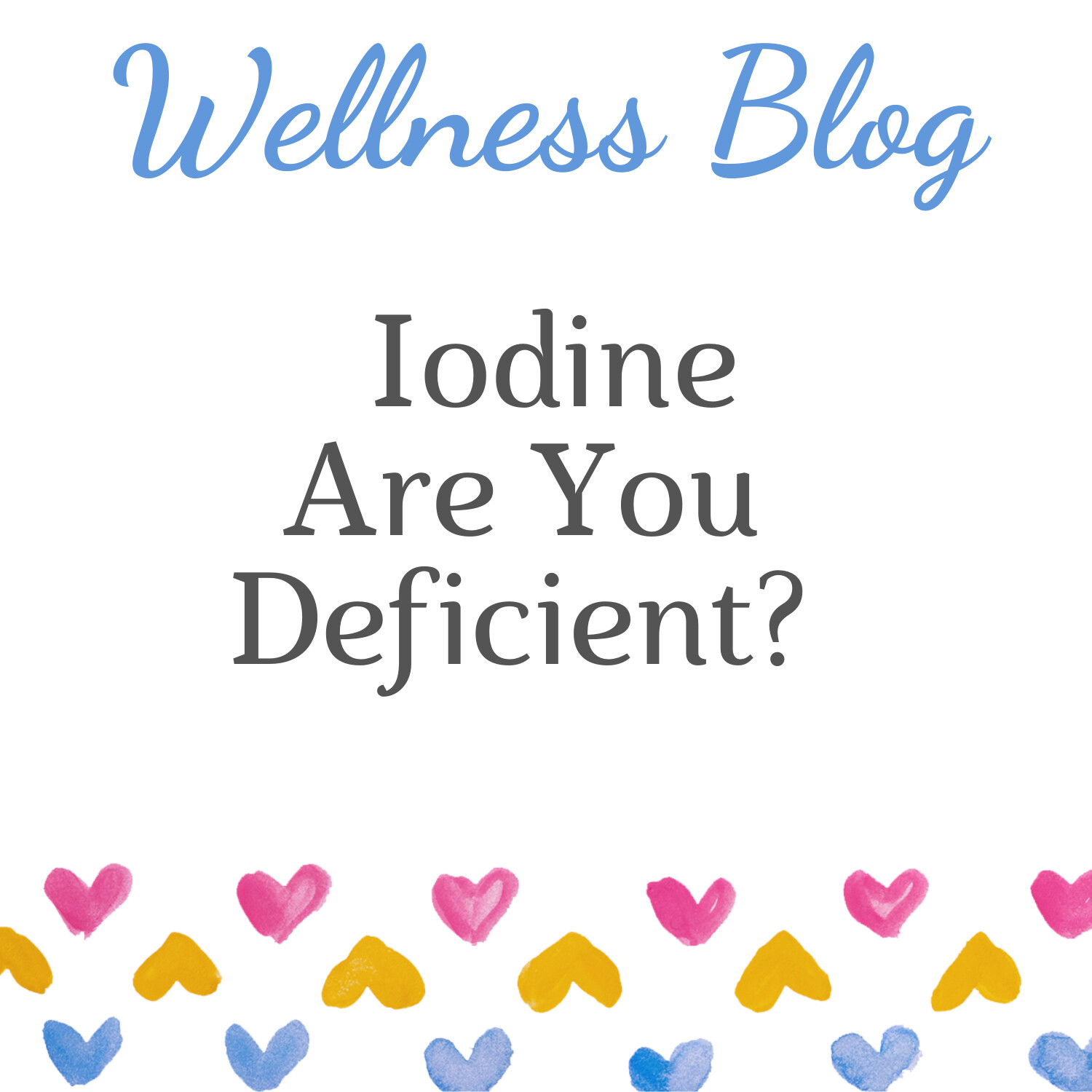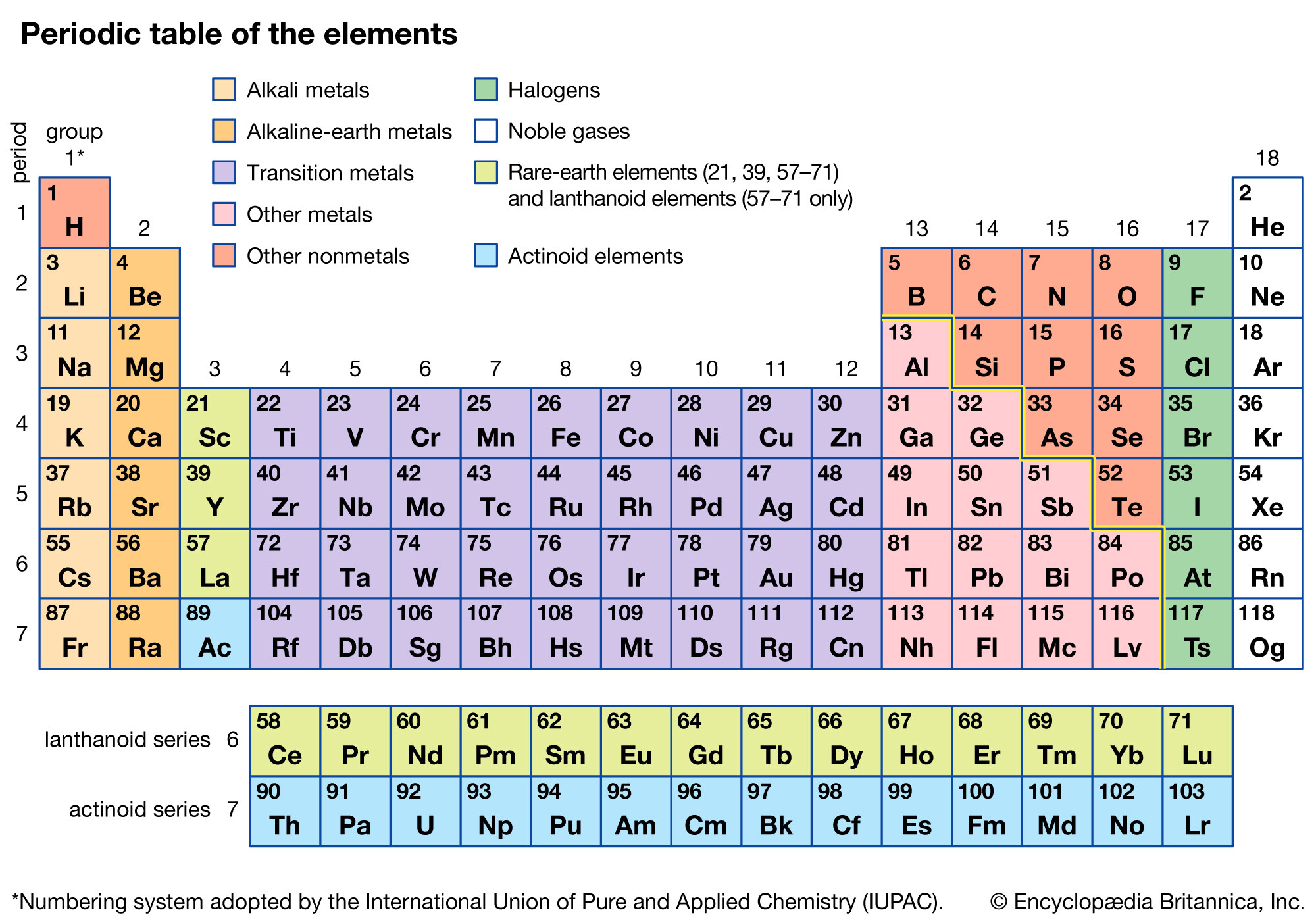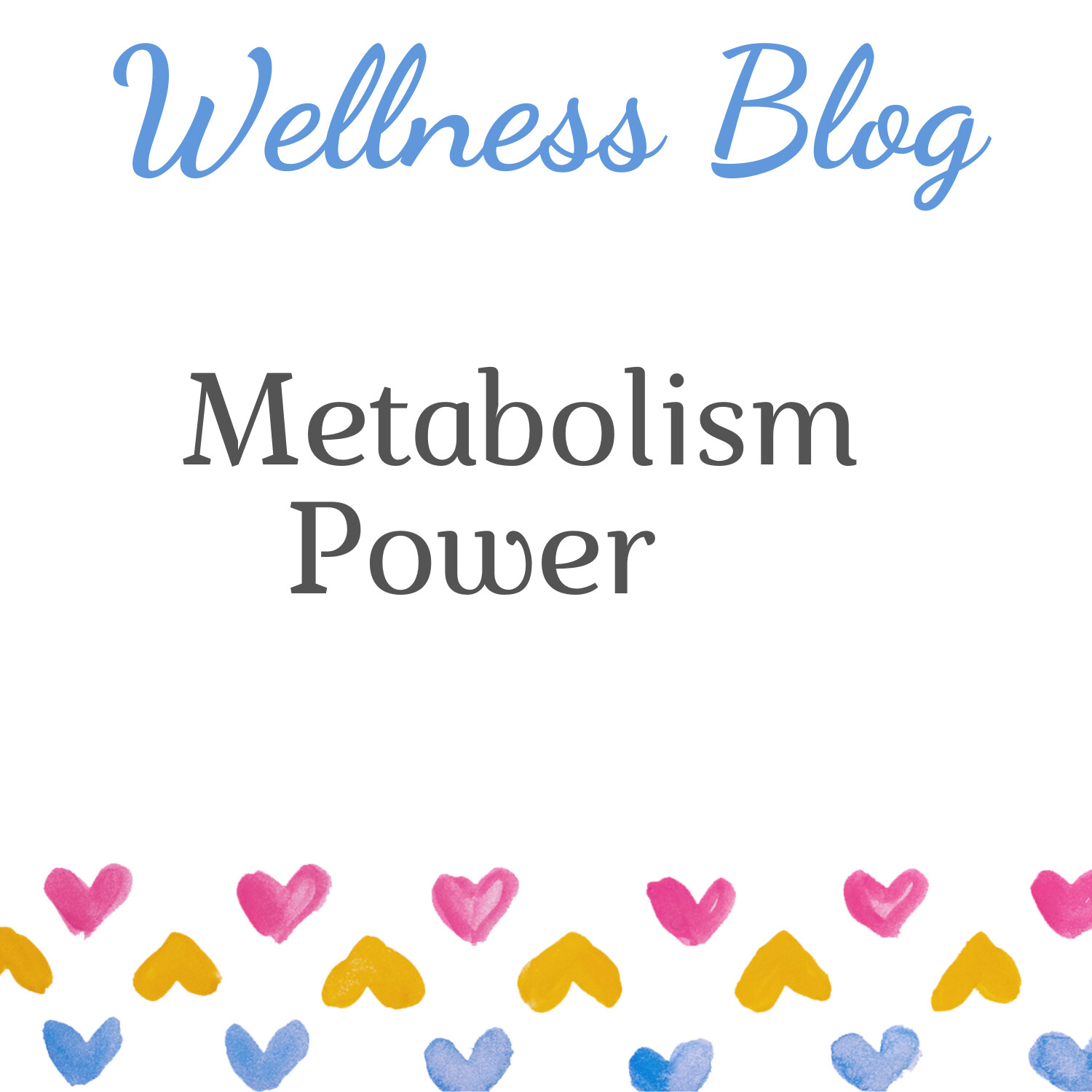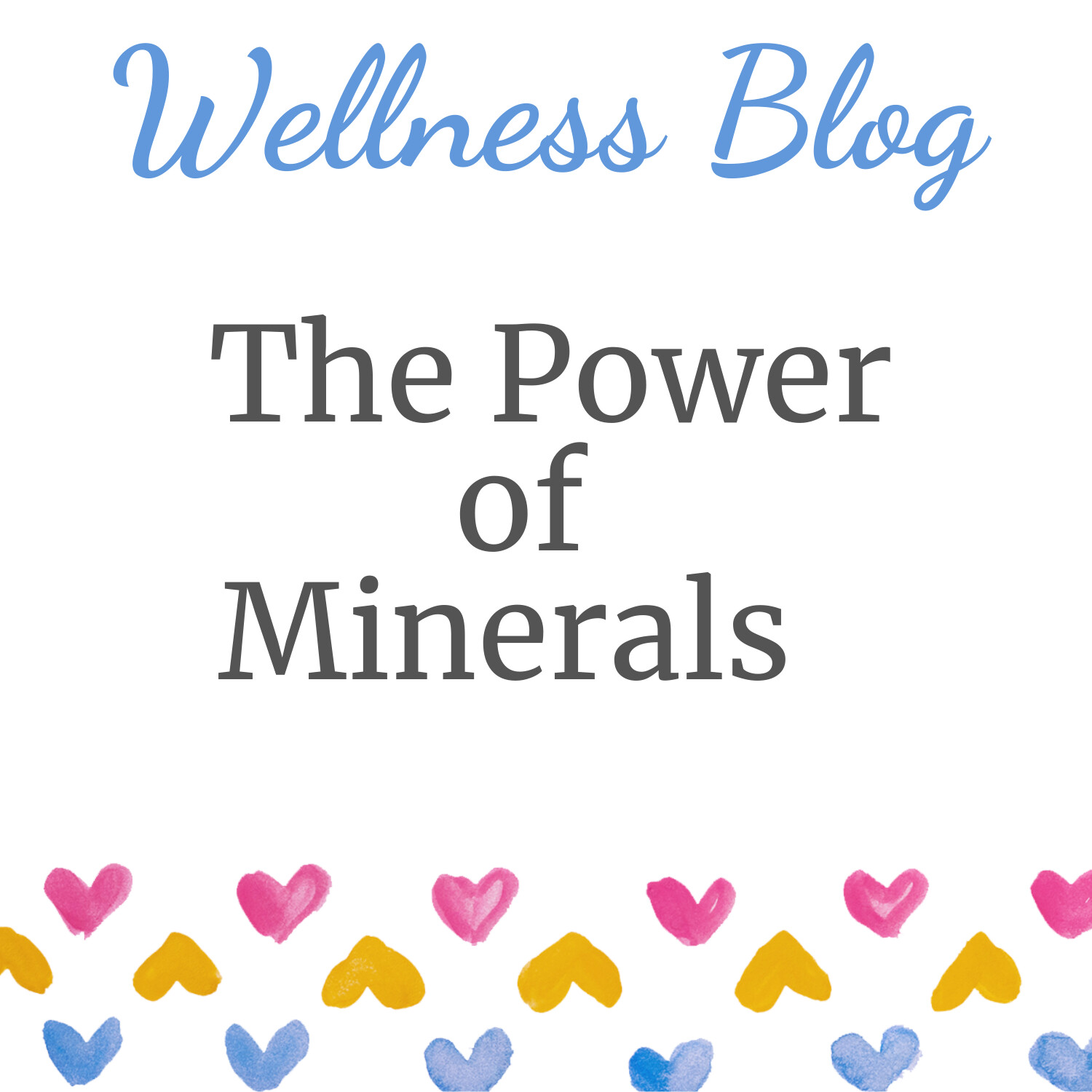
Increasing iodine is one of the many things addressed on my 28 Day Health Challenge because it is vital for good health - but many people are deficient in it.
Read to the bottom to find out how you can do a home test to see if you are deficient in iodine.
Iodine is directly related to the endocrine system (the hormone system).
It supports our thyroid function, hormonal health, adrenal glands and stress.
It supports our thyroid function, hormonal health, adrenal glands and stress.
A resurgence of evidence to include iodine in our diets may make our vitamins and minerals more viable.
Iodine was demonised years ago along with coconut oil, hemp and many other natural remedies during the evolution of pharmaceutical drugs, chemical fertilisers, pesticides in agriculture and synthetic products.
Who determines 'what is best - through science?'
Academia, that was once objective - or corporations marketing products using 'science' as if it were objective but is now 'corrupted science'.
Academia, that was once objective - or corporations marketing products using 'science' as if it were objective but is now 'corrupted science'.
Fluorine, bromine, and chlorine deplete our bodies of iodine every day.
Chlorine is a major disinfectant used in public water systems although at ‘safe levels’ and fluoride is also added to the water supply for dental hygiene, again at ‘safe levels’ – but both of these are harmful to health and both deplete iodine in the body which is vital for the endocrine system. Bromine – that smells like bleach - is used as an alternative to chlorine in swimming pools.
Biased science - based on profits - has created huge divisions of trust confusion and health care advice.
Do you remember the Periodic Table from your school days? Look at the column that has iodine - column 17 - If you remember, all chemicals in the same column can be interchanged, but are NOT NATURAL to the human microbiome. Iodine is the only natural mineral in the column, yet fluorine, chlorine and bromine are used interchangeably and extensively, even though they have proven harmful to our health.

Foods high in iodine include:
Seafood – such as oysters, snapper
Sea vegetables – kelp and dulce
Tinned salmon
Bread – good quality
Eggs - organic
Milk and Milk products such as yoghurt also contain iodine
Iodine is also added to many types of salt.
In a Nutshell!
Iodine supports all body systems, but serves your endocrine system first:
Pituitary gland
Thyroid and Parathyroids
Pancreas and Adrenals
Reproductive organs
Essential Oils make the cell membranes more permeable, therefore more receptive to vitamins and minerals.
How to test for iodine deficiency at home:
Buy yourself a bottle of iodine from the pharmacy.
Put a little on a cotton ball and rub about a two-inch square on the inside of your thigh at bedtime.
In the morning see if the yellow iodine stain is still there. If it’s still there, then your body has sufficient iodine in it and doesn’t need any more, but if the iodine has disappeared, then your body needs it and has drawn it into the body. This is a quick, simple and effective test. If the iodine mark disappeared you can continue to use the iodine up as a food supplement, but do aim to increase your intake of sea vegetables and the other foods named above. TIP - if you put the bottle of iodine on the closed loo seat, it will remind you to check your inner thigh in the morning.

Suzie Webb





 Welcome to my Blog! I'm Suzie Webb you can read more about me
Welcome to my Blog! I'm Suzie Webb you can read more about me 





0 Comments